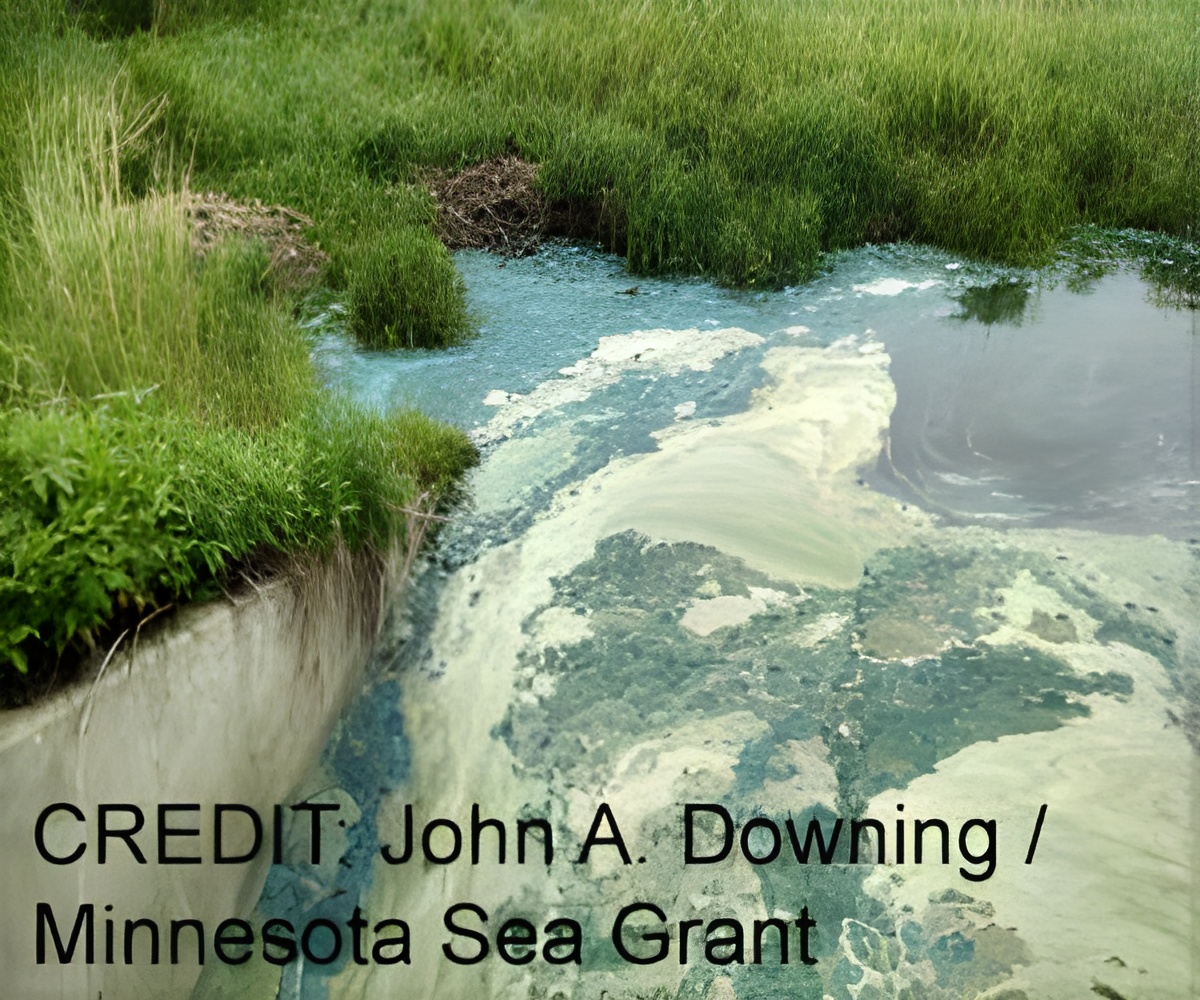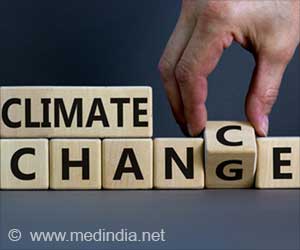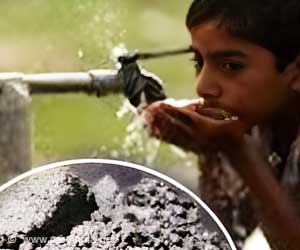Greening of lakes is bad for the environment. Therefore, it is necessary to keep inland lakes from turning green in order to get healthy drinking water, improve fishing and increase recreation opportunities.

TOP INSIGHT
Keeping inland lakes from turning green can reduce greenhouse gas emissions entering the atmosphere and contributing to climate change. Therefore, it is necessary to prevent greening of lakes in order to get healthy drinking water, improve fishing and increase recreation opportunities.
Read More..
"We estimate that the greening of the world's lakes will increase the emission of methane into the atmosphere by 30 to 90 percent during the next 100 years," said Jake Beaulieu of the United States Environmental Protection Agency and lead author of a paper on lake greening and greenhouse gas emissions.
According to the authors, three distinct mechanisms are expected to induce increases in lake greening or eutrophication during the next 100 years. First, human populations are expected to increase by 50 percent by 2100. More people means more sewage and more fertilizers that runoff land. At current rates of population growth and climate change, eutrophication in lakes will increase by 25 to 200 percent by 2050 and double or quadruple by 2100.
Second, increased storms and stormwater runoff will increase the nutrient losses from land to inland waters. Third, as the climate warms, lakes will warm. Warmer waters produce more algae. Additionally, the area of the planet covered in water is expected to increase, which will result in more methane-emitting surface waters.
"It is really surprising how much eutrophication could increase in the next 50 to 100 years," said co-author John A. Downing of the University of Minnesota Sea Grant program. "People do four important things that affect eutrophication: they eat, they excrete, they make more people who eat and excrete, and they alter landscapes and climate," said Downing.
"We used phosphorus because the relationship between phosphorus and plant or algae growth is well established," said co-author Tonya DelSontro of the University of Geneva. "Currently, the single largest source of atmospheric methane is wetlands. If the phosphorus in lakes triples, then methane emissions from lakes could be twice that of wetlands."
The optimistic outcome is that improved nutrient management practices could reverse the greening or eutrophication of lakes and thereby reduce methane emissions. Additionally, local action to improve water quality could have important global consequences.
"In keeping and improving the quality of our fresh water we win twice," said Downing. "Once in the atmosphere and once back down here on Earth."
Source-Eurekalert
 MEDINDIA
MEDINDIA



 Email
Email





